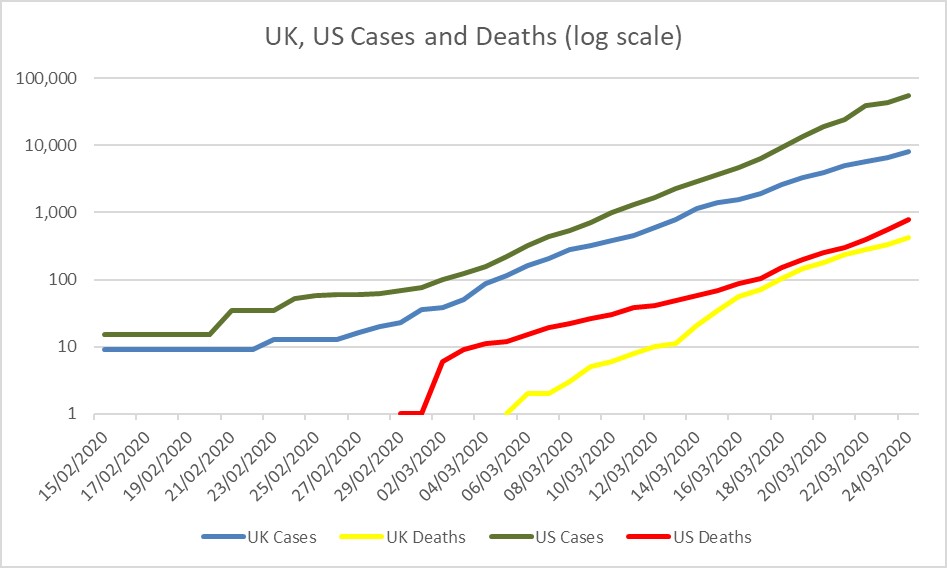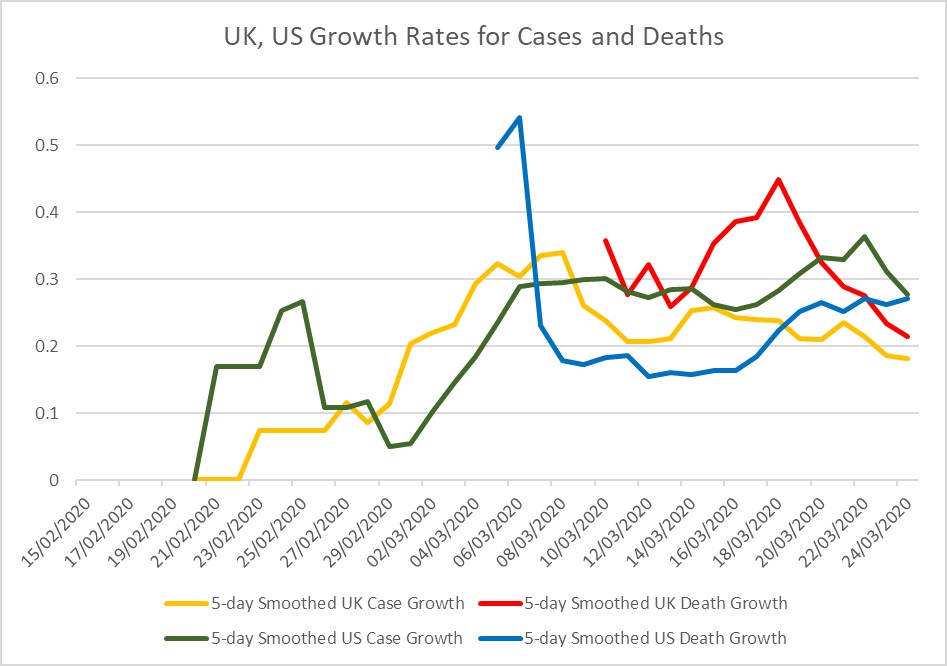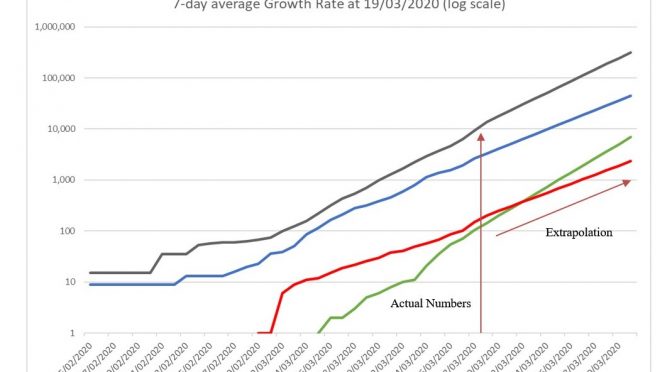Whilst both the UK and the US can be said to have been slow in initiating forceful measures to deal with the Coronavirus epidemics in their countries, the UK government under Prime Minister Boris Johnson has now, albeit not always with the necessary clarity, announced shutdowns of most social-mixing in Britain. Only ‘essential workers’ – a term yet to be satisfactorily defined – should be leaving their homes except for shopping for necessary goods, healthcare access or for suitably distancing exercise. There are problems in obtaining adequate protective equipment for front-line health-workers, but central government do seem to be making some effort to address this.
Unfortunately, in the US, the leadership vacuum in the shape of Donald Trump is more interested in spreading misinformation and bigging-up his own desultory (frankly negative) role in efforts to combat the virus and its consequences. Any effective efforts to counsel isolation of those with symptoms and general social-distancing, and to provide additional equipment and space in anticipation of the inevitable rise in the number of cases needing hospitalisation, have been taken by State governors, and mainly Democratic ones. Worse still, Trump is now touting the idea that ‘the cure is worse than the disease’ and that such restrictions as there are should be relaxed after another two weeks to allow business (and from his point of view the stock market) to recover. Apart from the fact that cases and deaths will almost certainly still be rising at that time, the degree of complacency this signals is likely to be extremely damaging to ongoing suppression efforts in the United States.

These different approaches by the executives in the two countries are paralleled by the tracks of the case and death growth rates, although it is impossible to say at this stage whether there is any causal relation. Be that as it may, there is some evidence that the UK growth curves are beginning to slope a little more shallowly, while the slopes of the US curves are static at best (Chart 1). The track of the 5-day average growth rates confirms this, particularly when it comes to the growth rate in deaths which with variable testing regimes is probably a better guide to progress, with the UK growth rate at 21.5% now falling below that of the US at 27% (Chart 2).

